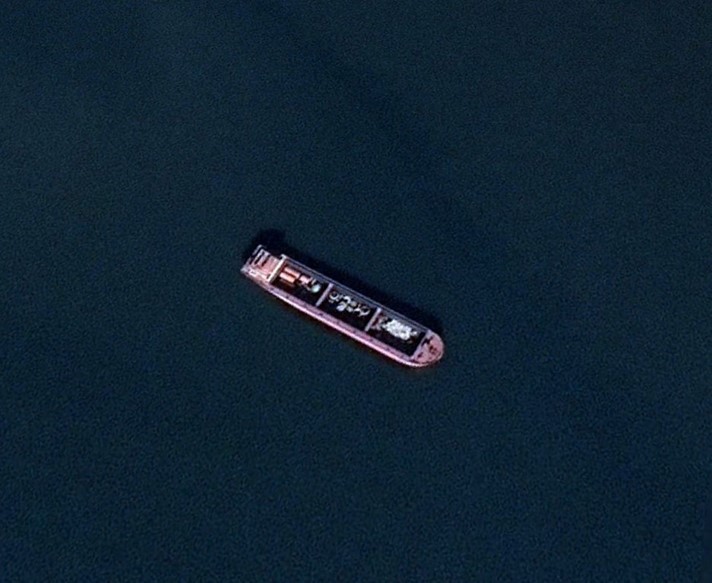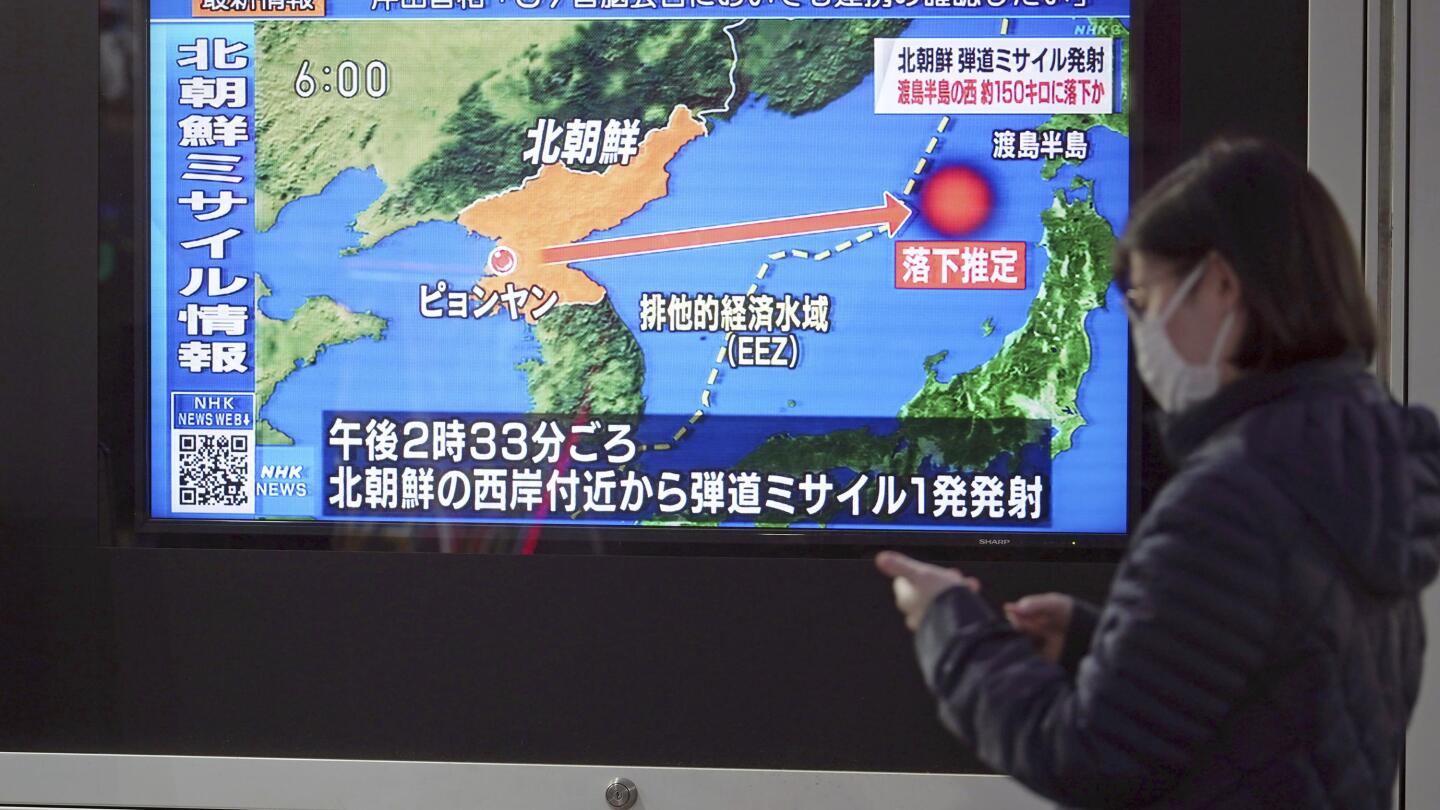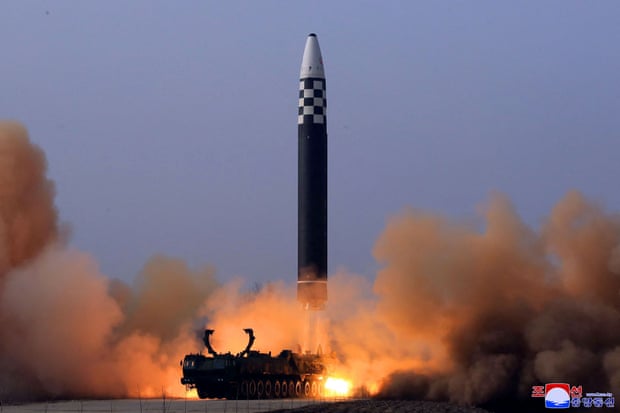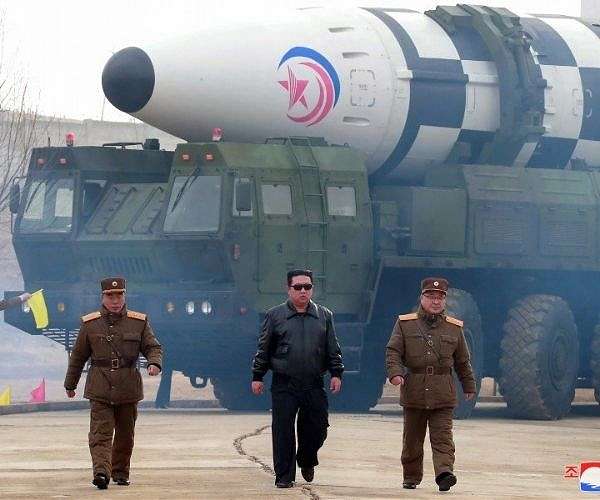

A satellite photograph taken outside North Korea’s largest port in late 2020 shows a small cargo ship carrying what looks to be a missile shaped object on its deck.
Measuring approximately 10 meters in the length, the seemingly cylindrical white object also seems to have a pointed tip and guidance fins at the base.
But without additional and higher resolution satellite images, it is difficult to make definitve conclusions. The vessel’s cargo may have also been part of a broader trend which saw North Korea import other sanctioned industrial equipment and machinery on small, unregistered, and difficult to trace ships.

Suspicious Cargo at Nampho: North Korean Smuggling Goes Domestic | Asia Maritime Transparency Initiative
A satellite photograph taken outside North Korea’s largest port in late 2020 shows a small cargo ship carrying what looks to be a missile shaped object on its deck. Measuring approximately 10 meters in the length, the seemingly cylindrical white object also seems to have a pointed tip and...












